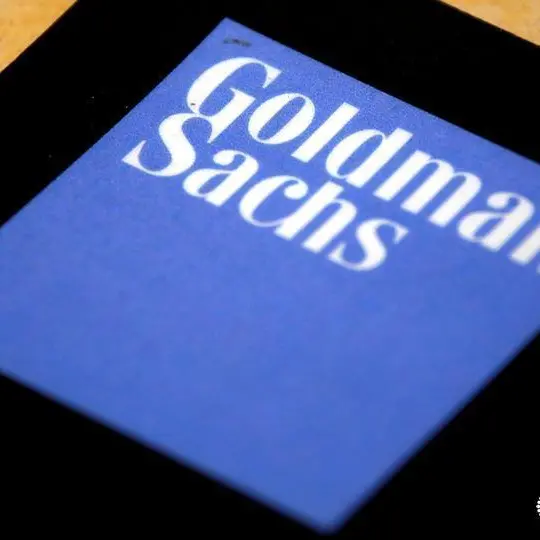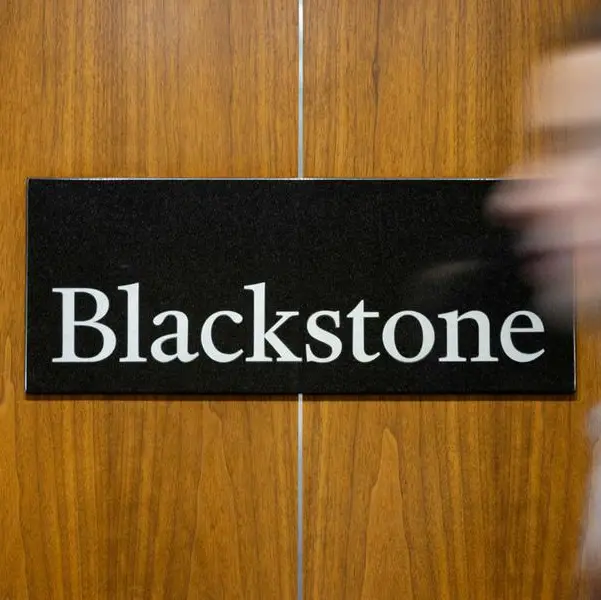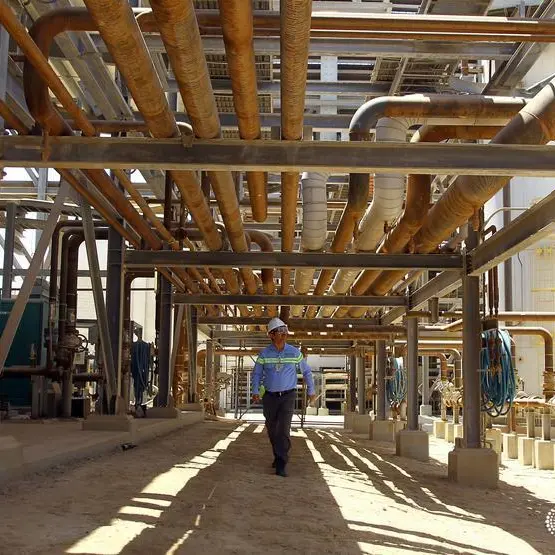PHOTO
Middle East investors are tuned into a global diversified portfolio and are very interested in the way markets perform in the US, Asia, China. Apart from a slight bias towards the home market, a Middle East client portfolio is not so different from a European or an Asian one.
Zawya spoke to Tuan Huynh, Global Head of Discretionary Portfolio Management (DPM) at Deutsche Bank’s International Private Bank division, for his take on the trends reining in regional equities and the fixed-income, commodities, and the real-estate markets.
How are regional equities in the MENA expected to perform this year. What are the growth drivers?
Equities in all regions, including the Middle East and North Africa (MENA), have performed very well in Q1. When we look at our outlook for 2021, due to growth outlook based on still accommodative monetary support and the right fiscal support, especially in the US and Europe, and due to relatively low interest rates in yields, equities should perform really well.
The growth of the Middle East is dependent on two factors: The first is the oil price, which has been trading around $60/barrel. The OPEC announcement that they are not going to change production cuts will be very supportive of oil price and the region.
The second is the increase in yields in the US, which has an impact on the banks earnings in other regions as well. For instance, the Saudi equity market is dominated by banks; it is still more than one-third of the constituents in the financial/banking sector.
The steeper the yield curve is, the better it is for banks’ earnings, and hence we have also seen the outperformance of not only the banking index but the entire market, because the sector is so dominant. We think banks will continue to perform better, and hence our outlook for the next six months is positive.
How is rising yields affecting the fixed income markets?
The trend of rising yields is definitely negative for the fixed-income market.
For example, if you have invested in treasury bonds this year, this has been one of the worst asset classes so far, with higher yields leading to lower bond prices, resulting in negative returns.
If yields were to move towards the 2 percent range, which the market is currently pricing in, then this would lead to further losses in the fixed income side, hence we have also proposed and suggested to our clients not to look only at sovereigns, but that it is better to look at credit spreads such as investment grade spreads in emerging markets (EMs).
So equities and EM bonds are the asset classes we are recommending to our clients.
Do you see an investment potential for gold going forward this year. What are your recommendations?
In the commodities space, we have been recommending gold. It has performed very well last year. Gold tends to perform well in an environment of negative yields rise. But now it’s the reverse; because of the rise of nominal yields, gold has trended down a little bit.
We do see some potential for gold, especially as a hedge in the portfolio, but we are also now telling our clients to look at cyclical commodities such as base and industrial metals, which will benefit from a recovery trade from increased demand when the economy starts to open and recover. Base metals will perform very well when the recovery in economic activity sets in.
Depending again on the individual risk profile, it is recommended that investors keep 2–5 percent in gold, which we think is a reasonable amount to have as a hedge in a portfolio against any sort of unknown risk which might appear.
Why is rising yields not a good environment for precious metals?
Typically, when you hoard gold, it doesn’t pay you any dividend or any interest, so you incur an opportunity cost to hoard gold, plus you also pay a price to hoard gold or store gold. But when the interest rate or yields are in the negative territory, then the opportunity cost turns into a positive one. So instead of investing in a negative-yielding fixed-income paper, it is better to hold gold. That is why gold performed extremely well last year.
Now the yields are moving upwards, so now it may be more attractive to hold a US treasury bond, because it is currently paying 1.7 percent instead of maybe 0.7 percent a year ago.
So the opportunity cost is becoming more relevant for gold, hence gold has lost a little of its appeal here, but we would still recommend it in a diversified portfolio.
Real-estate investments continue to gain popularity. What are the factors one should be aware of while evaluating an investment?
Rising yields pose a threat to real-estate markets. The economies will recover quite well.
The Fed has indicated that they won’t increase interest rates before 2024. That is at least some assurance from the biggest central bank and most important central banks in the world to keep interest rates low, and this will provide further support for the real-estate market.
With interest rates and yields at a relatively low level, investors are definitely looking for alternatives such as real estate, and we see a lot of such demand from our wealthy clients.
If you can borrow money at a relatively low price, then it makes absolute sense to look at the real-estate market.
Monetary policies across the globe may be supporting real-estate investments, but one should look at the different areas of the real estate market. For example, demand for office buildings could be less going forward, and demand for residential real estate could increase.
(Reporting by Seban Scaria; editing by Daniel Luiz)
Disclaimer: This article is provided for informational purposes only. The content does not provide tax, legal or investment advice or opinion regarding the suitability, value or profitability of any particular security, portfolio or investment strategy. Read our full disclaimer policy here.
© ZAWYA 2021












